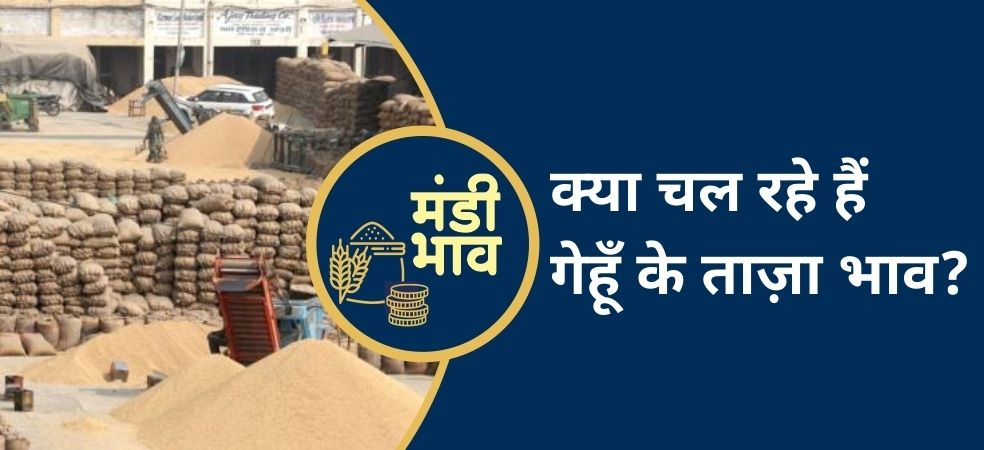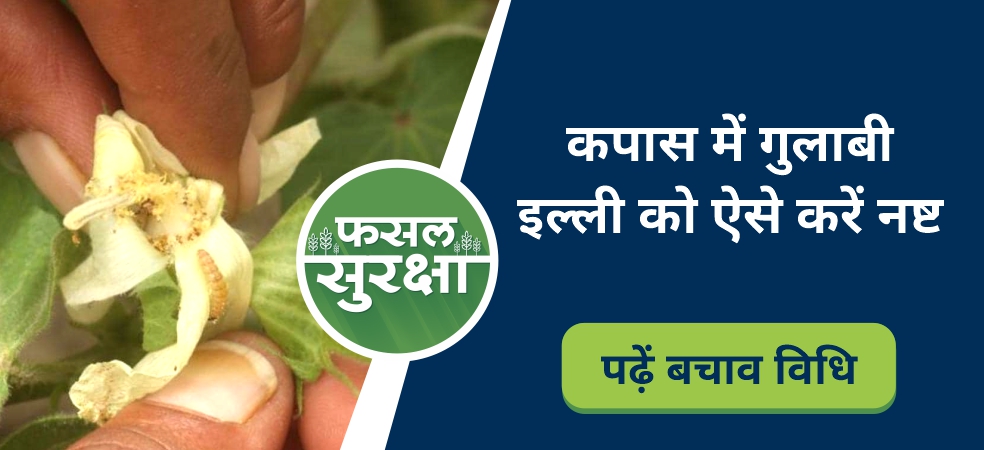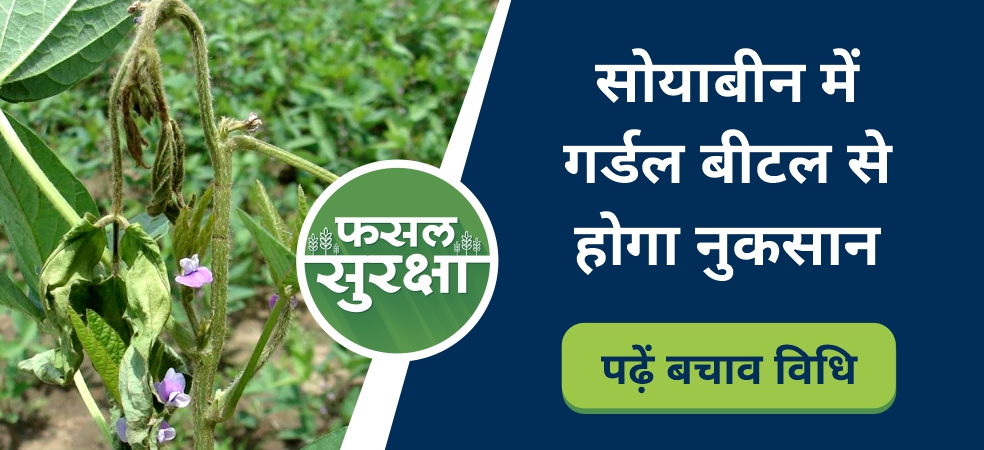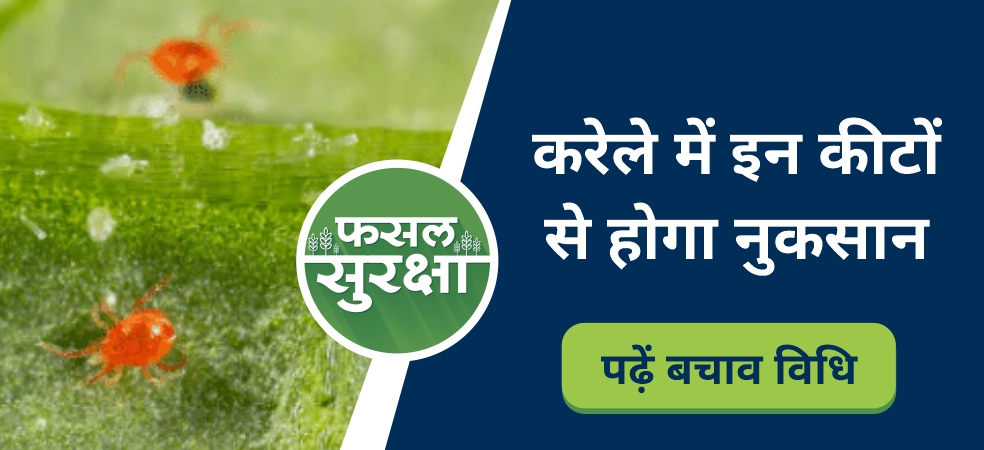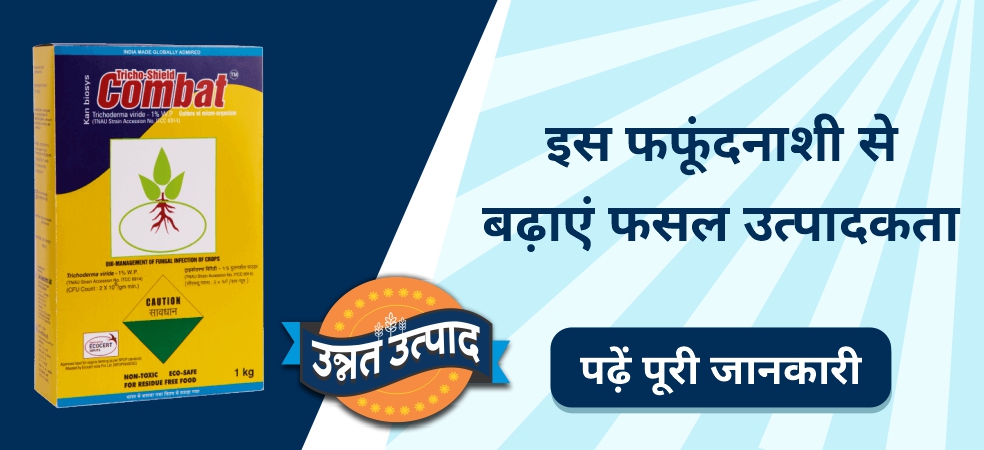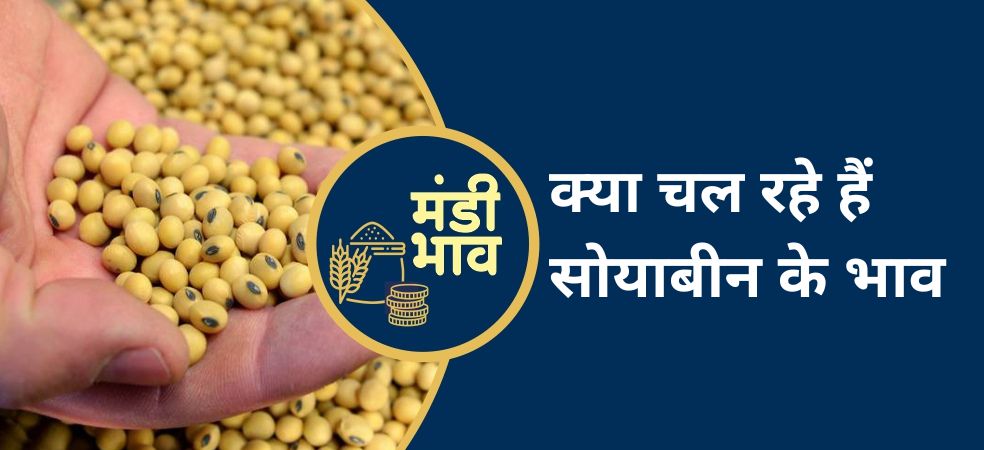What is the price of wheat in different mandis of Madhya Pradesh like Khategaon, Badnawar, Kalapipal and Khargone etc.? Let’s see the complete list.
Fresh Market Price of Wheat in different mandis |
||
Agricultural Produce Market |
Min Price (in Qui) |
Max Price (in Qui) |
Agar |
1968 |
2157 |
Ajaygarh |
1980 |
2060 |
Amarpatan |
1950 |
2100 |
Badnagar |
1856 |
2409 |
Badnagar |
1860 |
2260 |
Badnawar |
2015 |
2425 |
Badwaha |
2059 |
2251 |
Baikunthpur |
1945 |
2070 |
Banapura |
2060 |
2180 |
Bankhedi |
2131 |
2158 |
Betul |
2000 |
2190 |
Bhanpura |
2015 |
2015 |
Bhanpura |
1970 |
2040 |
Bhikangaon |
2109 |
2246 |
Chhpara |
2000 |
2075 |
Dhamnod |
2162 |
2234 |
Gandhwani |
2128 |
2210 |
Garoth |
1950 |
2010 |
Haatpipliya |
1940 |
2300 |
Harpalpur |
1860 |
2050 |
Ichhawar |
1974 |
2341 |
Ichhawar |
2400 |
3060 |
Isagarh |
2300 |
2700 |
Isagarh |
1905 |
2230 |
Jabalpur |
1968 |
2140 |
Javad |
2062 |
2280 |
Jhabua |
2005 |
2200 |
Jobat |
1909 |
2150 |
Kailaras |
2070 |
2120 |
Kalapipal |
1850 |
2050 |
Kalapipal |
1750 |
1950 |
Kalapipal |
1950 |
2750 |
Khachrod |
2025 |
2321 |
Khandwa |
2050 |
2300 |
Khaniadhana |
1930 |
1970 |
Khargone |
2125 |
2288 |
Khategaon |
1401 |
2386 |
Khategaon |
1939 |
2386 |
Khirakiya |
1775 |
2199 |
Khujner |
1940 |
2095 |
Khujner |
1960 |
2090 |
Kolaras |
1961 |
2115 |
Lateri |
1880 |
1955 |
Lateri |
2400 |
2490 |
Lateri |
2000 |
2185 |
Loharda |
1975 |
2075 |
Mandsaur |
1990 |
2442 |
Momanbadodiya |
1900 |
2075 |
Morena |
2012 |
2090 |
Source: Agmarknet
ShareNow sell your crops at the right rate sitting at home with Gramophone’s Gram Vyapar, Connect with trusted buyers yourself and add your farmer friends as well.

